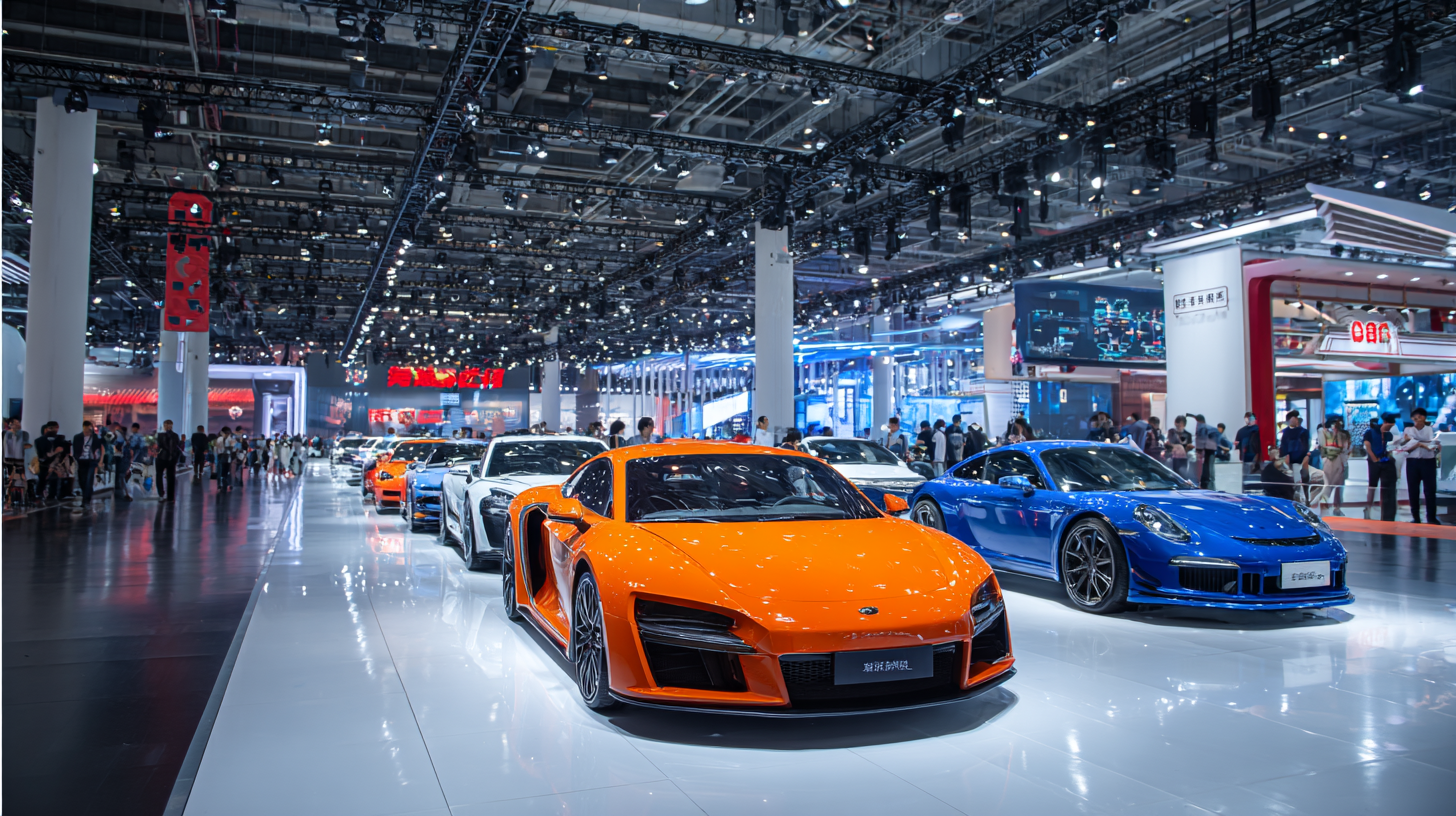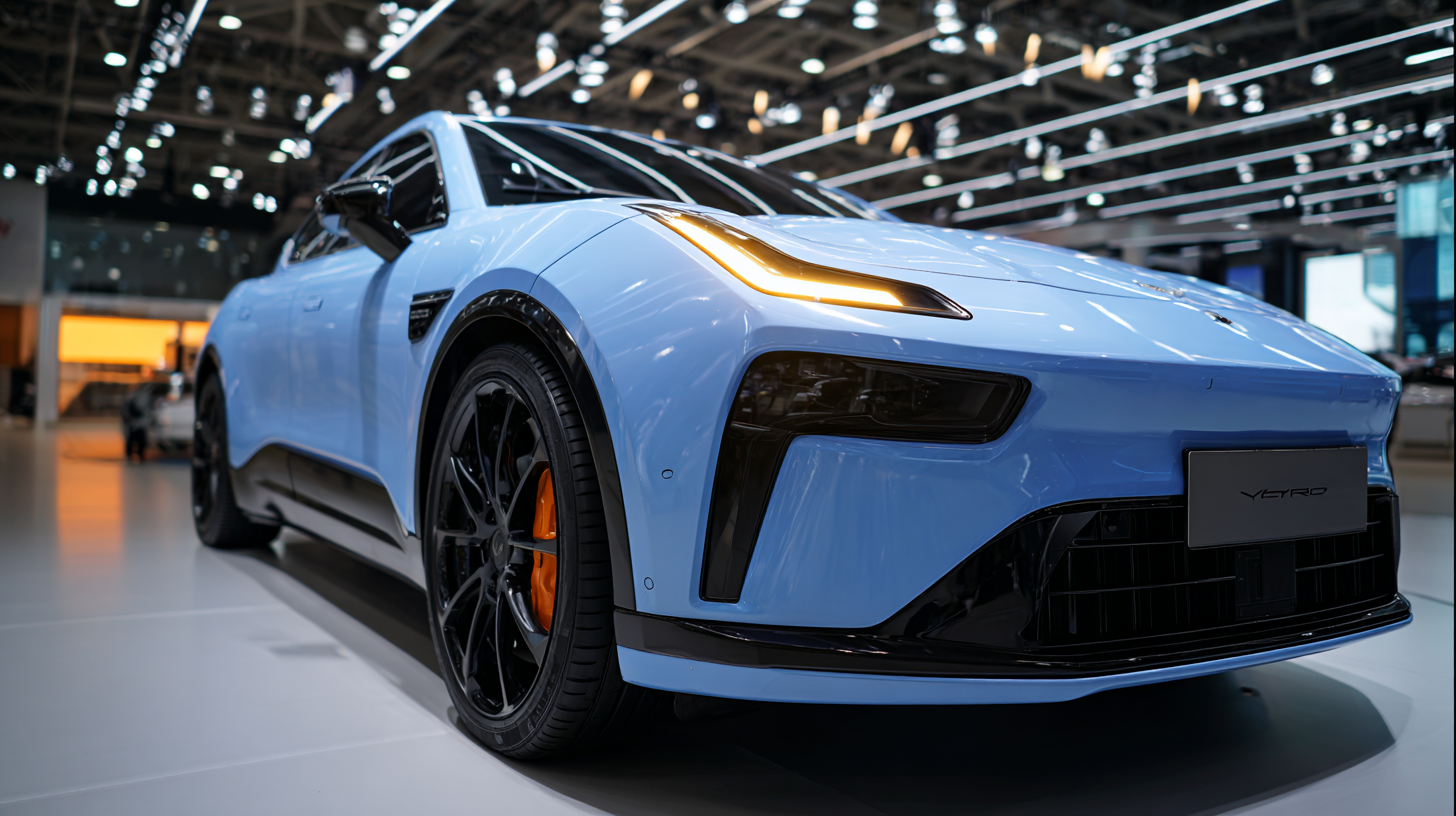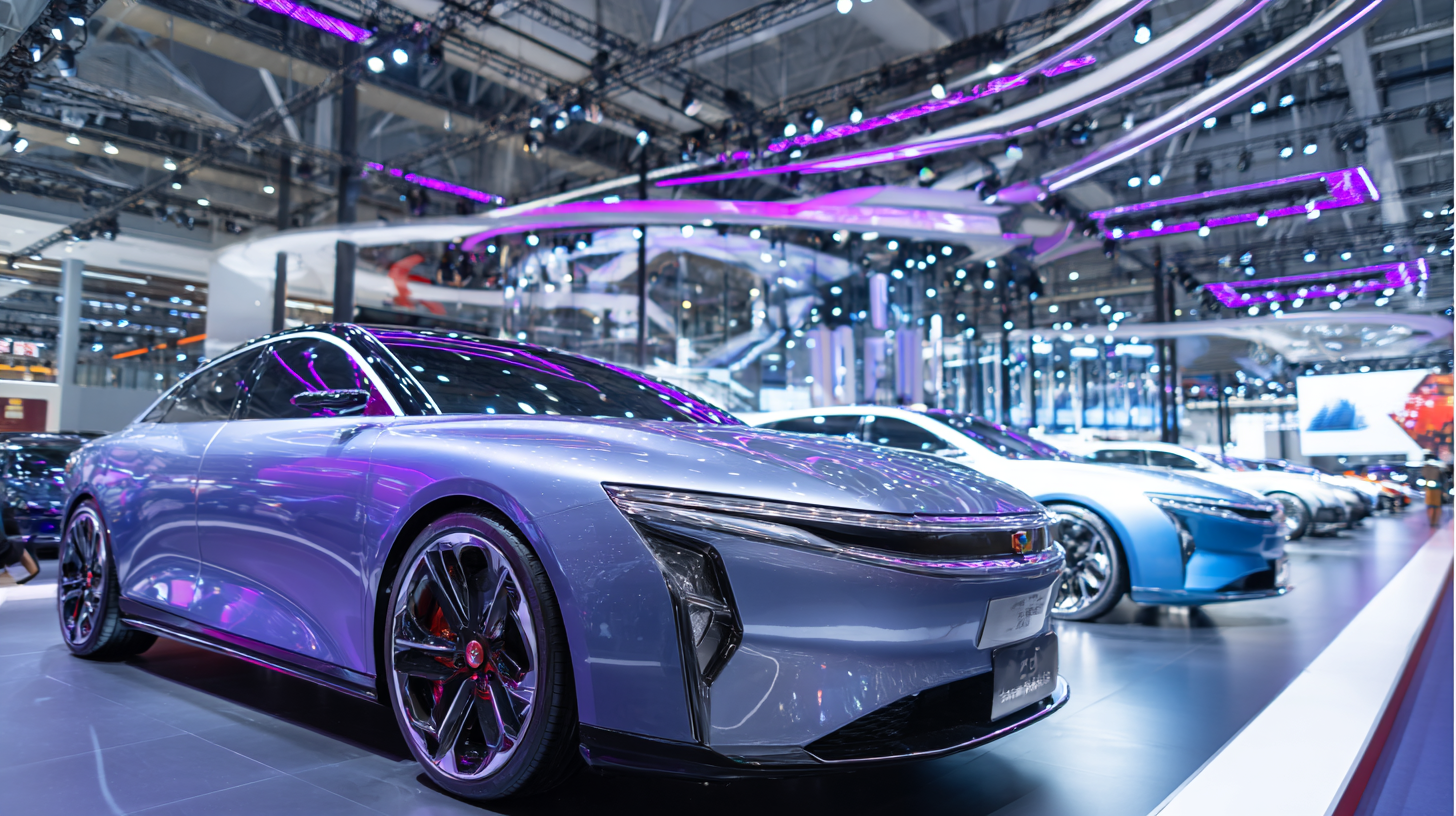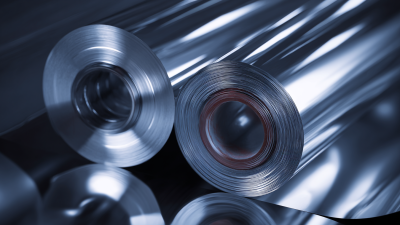Exploring Eco-Friendly Innovations in Nano Ceramic Tint at the 2025 China Import and Export Fair
As we approach the 2025 China Import and Export Fair, the spotlight on
sustainable innovations is becoming increasingly prominent, with a particular emphasis on
technologies like Nano Ceramic Tint. This advanced window film technology not only enhances energy efficiency by reflecting solar radiation, thus reducing cooling costs by up to
30% according to recent industry reports, but also boasts a remarkably low environmental impact. The global market for ceramic window tinting is projected to reach
$2.5 billion by 2027, driven by rising consumer awareness of eco-friendly solutions and the increasing demand for energy-efficient building materials. At this pivotal event, industry leaders will showcase cutting-edge developments in Nano Ceramic Tint, illustrating the intersection of sustainability and technology and highlighting their potential to
revolutionize architectural designs and automotive applications alike.
The Rise of Eco-Friendly Materials in the Nano Ceramic Tint Industry
The rise of eco-friendly materials in the nano ceramic tint industry represents a significant shift towards sustainability in automotive and architectural applications. As consumers become increasingly aware of environmental issues, the demand for products that minimize ecological impact has surged. Nano ceramic tints, made from advanced materials that provide enhanced durability and performance, are now being formulated with eco-conscious ingredients that reduce harmful emissions during both production and application.

At the forefront of this innovation is the integration of non-toxic and biodegradable components into nano ceramic coatings. These eco-friendly materials not only improve energy efficiency by optimizing heat rejection but also contribute to a healthier indoor environment. Furthermore, manufacturers are leveraging cutting-edge technologies to ensure that their products meet rigorous environmental standards, aligning with global efforts to reduce carbon footprints. As more companies adopt sustainable practices, the nano ceramic tint industry is poised to lead the way in redefining how we think about materials in both aesthetic and functional aspects, heralding a new era of responsible consumption.
Innovative Applications of Nano Ceramic Tint in Green Technology
The innovative applications of nano ceramic tint in green technology are transforming the way we think about energy efficiency and sustainability.
Nano ceramic tints utilize advanced materials to provide superior heat rejection and UV protection, making them a perfect fit for both residential and commercial buildings.
By improving thermal insulation, these tints help reduce energy consumption in heating and cooling systems, which is crucial for minimizing our carbon footprint.
Furthermore, recent advancements in materials science, such as the use of waste products like fish scales for developing bio-nanocomposite films, highlight the potential for eco-friendly alternatives in tint technology.
These innovative approaches not only promote sustainability but also pave the way for smarter building solutions that can adapt to varying environmental conditions.
Tips: When considering eco-friendly innovations, look for products that enhance energy efficiency while using sustainable materials.
Additionally, opt for technologies that showcase adaptability to environmental changes, as these are key indicators of future readiness in green technology.
Staying informed about the latest developments in nano materials can also guide your choices towards even more environmentally responsible options.

Environmental Benefits of Adopting Nano Ceramic Tints for Automotive and Architecture
The adoption of nano ceramic tints in automotive and architectural applications presents significant environmental benefits. These advanced tints are designed to reflect heat rather than absorb it, leading to decreased energy consumption for vehicle cooling and building climate control. By reducing the reliance on air conditioning systems, they contribute to lower greenhouse gas emissions, ultimately aiding in the fight against climate change.
Furthermore, nano ceramic tints offer enhanced durability and longevity compared to traditional window films. This longevity means fewer replacements, which translates to less waste and reduced resource consumption over time. Additionally, many nanotechnology-based products are free from harmful chemicals, making them safer for both the environment and human health. As industries increasingly seek sustainable solutions, the integration of eco-friendly innovations like nano ceramic tints aligns perfectly with global efforts to promote environmental stewardship and responsible consumption.
Market Trends and Consumer Demand for Sustainable Tint Solutions
As consumers become increasingly eco-conscious, the demand for sustainable products, including tint solutions, has surged significantly. Reports indicate that the global market for eco-friendly tint products is expected to grow at a CAGR of 10% from 2023 to 2028. This trend is driven by consumers seeking to minimize their environmental footprint and opt for products that promote energy efficiency. In particular, nano ceramic tint has emerged as a popular choice, offering superior durability and UV protection while being manufactured using sustainable practices.
To navigate this evolving market, brands must focus on innovation while staying attuned to consumer preferences. Research highlights that 65% of consumers are willing to pay more for sustainable products, emphasizing the importance of transparent marketing and eco-friendly certifications. Companies participating in the 2025 China Import and Export Fair can leverage these insights to align their offerings with consumer expectations, showcasing their commitment to sustainability.
**Tips for Businesses:**
1. Engage with consumers through educational content that highlights the benefits of eco-friendly tints and their sustainable production methods.
2. Use eco-label certifications to enhance credibility and attract environmentally conscious customers.
3. Adapt to changing regulations and market dynamics by continuously investing in R&D for innovative, sustainable technologies.
Market Trends in Eco-Friendly Nano Ceramic Tint Solutions (2025)
This bar chart illustrates key market trends regarding eco-friendly nano ceramic tint solutions in 2025. It highlights consumer interest, projected market growth, sustainability awareness, and the adoption of innovations within the sector, indicating a growing demand for sustainable tint solutions.
Future Prospects: Advancements in Eco-Friendly Innovations at the Fair
At the 2025 China Import and Export Fair, eco-friendly innovations take center stage, particularly in the realm of nano ceramic tint technology. As sustainability becomes increasingly crucial in industries worldwide, the fair showcases advancements that not only enhance aesthetics but also contribute to energy efficiency and environmental conservation. This nano ceramic tint is designed to reduce heat absorption, thereby decreasing energy consumption in buildings and vehicles, making it a game changer for environmentally conscious consumers and manufacturers alike.
Future prospects for these innovations are promising. The integration of eco-friendly materials and cutting-edge technology suggests a shift towards more sustainable practices across various sectors. As manufacturers invest in research and development, we can expect to see improved formulations that offer even greater benefits, such as enhanced UV protection and longer lifespan. The 2025 Fair serves as a catalyst for collaboration and knowledge exchange, propelling the industry towards a greener future while solidifying China's role as a leader in eco-friendly innovations.
Exploring Eco-Friendly Innovations in Nano Ceramic Tint at the 2025 China Import and Export Fair - Future Prospects
| Innovation Type |
Description |
Environmental Impact |
Potential Benefits |
| UV-Reflective Coatings |
Innovative nano-ceramic coatings that reflect UV rays and reduce heat absorption. |
Reduces heat buildup in urban areas, leading to lower energy consumption for cooling. |
Improved comfort and significant energy savings for buildings. |
| Self-Cleaning Surfaces |
Coatings that utilize hydrophobic properties for easy cleaning and maintenance. |
Minimizes water usage and chemical cleaners, reducing environmental pollutants. |
Lower maintenance costs and enhanced longevity of surfaces. |
| Thermal Insulation |
Nano ceramic tints that provide superior thermal insulation properties. |
Decreases energy consumption for heating and cooling, reducing carbon footprint. |
Enhanced energy efficiency and comfort levels in buildings. |
| Lightweight and Durable Materials |
Advanced nano ceramics that are lighter yet more durable than traditional materials. |
Promotes sustainable construction by using fewer resources. |
Increased design flexibility and reduced transportation emissions. |

Home
Products
Paint Protection Film
TPU Color PPF
Window Tint
1Ply Primary Film
2Ply Primary Film
2Ply Korean Primary Film
Nano Ceramic Film
Inorganic Nano Ceramic High Insulation Film
Skincare Nano Ceramic Film
5G HD Hot Melt Film
Magnetron Heat Reflection Film
Titanium Nitride Optical Film
Titanium Nitride HD Magnetron Metal Film
Titanium Nitride HD Skincare Film
4mil 99% Safety Film Series
2mil 99% High Insulation King Series
Constant Color High Insulation Film
Constant Color Window Film
Chameleon Window Film
3mil Windshield Film
Headlight Film
Sunroof Film
About Us
Video
News
Blog
Contact Us








